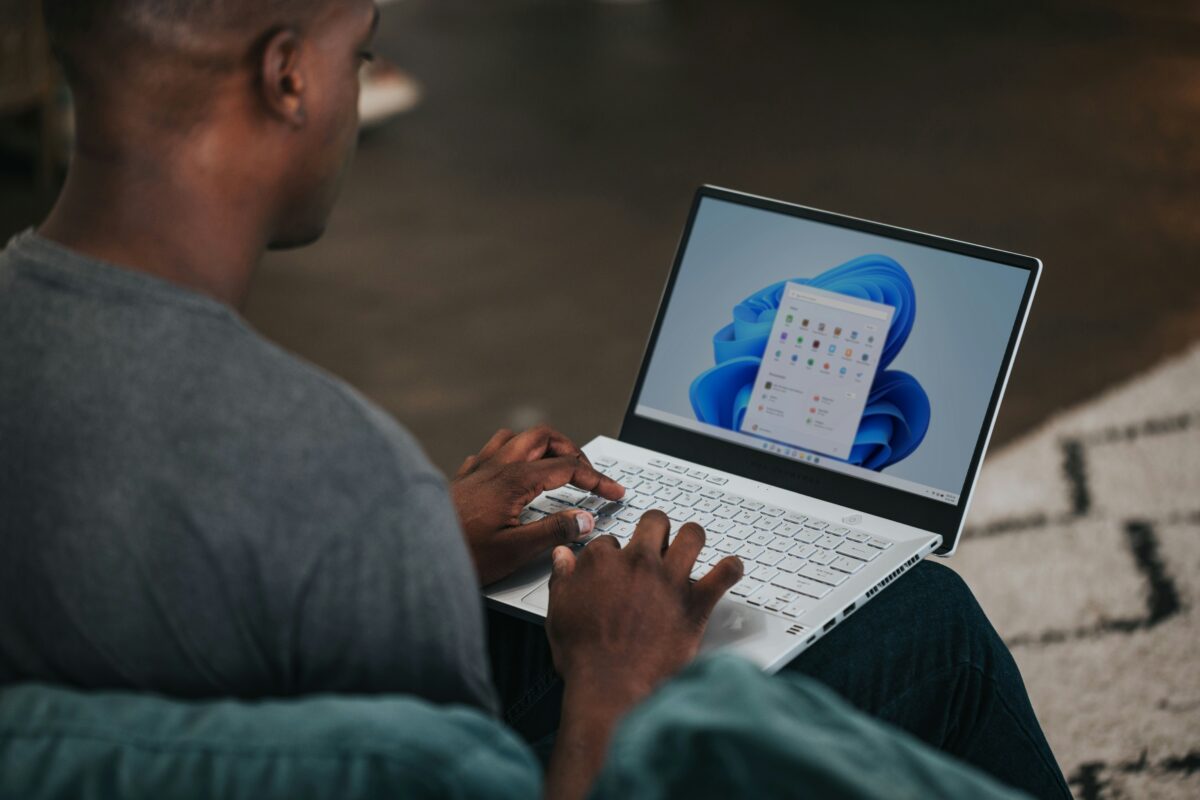When is an ad an advertisement and not a recommendation? Microsoft clearly likes to use the term recommendation for what others may see as an advertisement.
There are recommendations in the Start menu, Settings app, Lock screen, File Explorer, Get Help app, and other areas of the operating system already. These are often not that useful. App recommendations in the Start menu are limited to Microsoft Store apps.
Now, Microsoft is testing recommendations in the Microsoft Store app. If you never use the app, you won’t be exposed to these. If you do, you may notice recommendations popping up when you try to use the built-in search.
First spotted by phantomofearth on X, two or three recommendations are shown whenever search is activated in the official Microsoft Store app.



A one-off time ‘investment’ of switching to Linux will save you from all future cases of searching for how to wrestle with the latest Windows crapware. If you switch, you’ll be in time-debt for a few months, and after that you’ll be ahead - and you’ll stay ahead indefinitely. You’ll also have the piece of mind that you are not being spied on and monetised by your OS.
Personally I use Linux, and TBH as I value my free time it’s why I say it, if you need something that just works and don’t want to mess around looking for fixing trivial errors on the internet I would suggest using windows to 95% of people, I hate windows but I must admit if it’s about stability at exchange of looking ads with not tech ability definitely it’s the most recommended.
Linux it’s amazing but it’s not for everyone.
It’s like the eternal battle Apple VS Android, if you just want it to work and don’t want to mess around with trivial errors definitely Apple it’s the choice, you lose liberty and privacy but for most people it will work fine.(I use Android)
I think this overstates the “you must futz with it” of both Android and the common Linux desktop. Broadly speaking, both are pretty much fine out of the box for most people and the stuff they are likely to want to do to Windows is similarly easy to do with a likely default desktop environment (I’d say KDE more likely than Gnome, since Gnome opts to try not let you do a lot of stuff and demands you have to do “weird stuff” for some customizations). You don’t have to play with “expert tiling-only window manager N” or go off the deep end tweaking to the Nth degree.
Same with Android, though with even less likelihood of anyone bothering to go “off script”. 99% of Android users never touch adb, never do an oem unlock, never boot an aftermarket OS load.
The fact that you can, does not imply you must.
My subjective opinion: Comparing Linux v Windows to iOS v Android is a terrible analogy. Both mobile OS work fine and have little differences.
Your argument sounds OK, but is probably stuck a bunch of years in the past. I observe the opposite lately.
Like I want to do something trivial on windows, like move the fucking taskbar on the left side of the screen, I have spent time searching and it still does not work. At lest on Linux if something does not work you have a leg to work on and a community to help. Have you seen the windows forums when encountering an issue? It’s tragic.
I just tried it out, not even knowing before your comment.
Right click taskbar, uncheck Lock all Taskbars, click and drag it to the left side. Done.
Meanwhile, when I was using my Steam Deck as a desktop, it refused to save the position of my taskbar on my main monitor. Plus, when I did move it across each time I booted up, it would leave behind half the buttons because they’re considered separate entities. Thank god for oh almighty user customization - making it incredibly hard to do something simple.
Are you on windows 11?
No, this is on 10. Perhaps they’ve made it harder there.